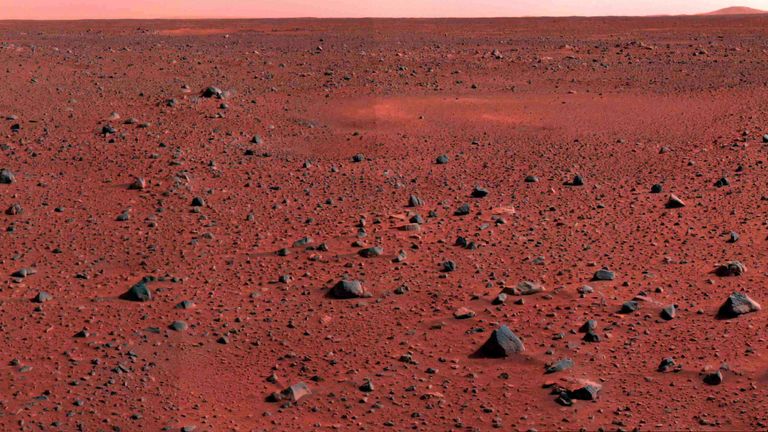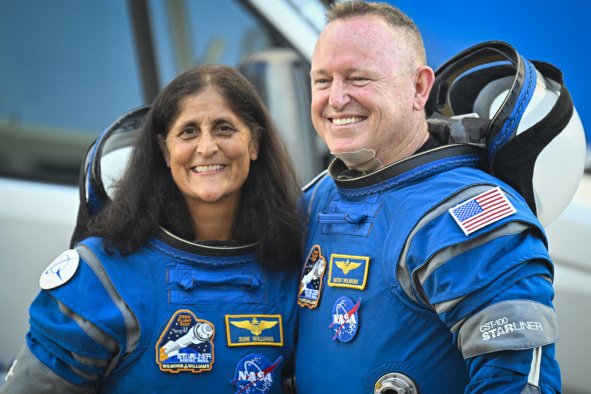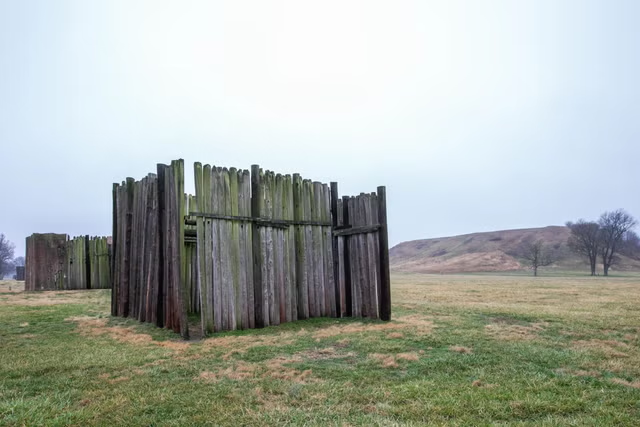NASA's NEOWISE spacecraft is about to return to Earth in a blaze of glory after 15 years of service.
The NEOWISE (Near-Earth Object Wide-field Infrared Survey Explorer) mission has been using a space telescope to spot asteroids and comets flying around our solar system since 2009 but engineers commanded the spacecraft to turn its transmitter off for the last time Thursday, NASA has stated.
The defunct spacecraft will soon enter the Earth's atmosphere, burning up in late 2024.
"The NEOWISE mission has been an extraordinary success story as it helped us better understand our place in the universe by tracking asteroids and comets that could be hazardous for us on Earth," Nicola Fox, associate administrator, Science Mission Directorate at NASA Headquarters, said in a statement. "While we are sad to see this brave mission come to an end, we are excited for the future scientific discoveries it has opened by setting the foundation for the next generation planetary defense telescope."
Launched in December 2009, the Wide-field Infrared Survey Explorer (WISE) astronomical space telescope was originally meant to map the entire sky in infrared wavelengths, helping to identify and study various celestial bodies, including stars, galaxies and brown dwarfs.
In 2011, the mission was ended, as the telescope ran out of coolant used to prevent heat produced by the spacecraft itself from interfering with its infrared observations of the universe. However, in September 2013, NASA reactivated the spacecraft with a fresh mission focus, renaming it NEOWISE. Its new goal was to identify and characterize near-Earth objects (NEOs) by detecting their infrared signatures. Infrared detection is particularly effective for this purpose because these objects absorb sunlight and re-emit it as heat, which can be detected even when they are not easily visible in optical light.
"The NEOWISE mission has been instrumental in our quest to map the skies and understand the near-Earth environment. Its huge number of discoveries have expanded our knowledge of asteroids and comets, while also boosting our nation's planetary defense," Laurie Leshin, director of NASA Jet Propulsion Laboratory, said in the statement. "As we bid farewell to NEOWISE, we also celebrate the team behind it for their impressive achievements."
NEOWISE spotted over 3,000 NEOs, 215 of which for the first time. NEOs are defined as asteroids that come within about 93 million miles of the sun. A potentially hazardous NEO is one that passes within 4.6 million miles of Earth, and has a diameter of at least 460 feet across.
"Asteroids and comets with a perihelion distance (closest to the sun) less than 1.3 astronomical units (AU), or approximately 120 million miles/194 million km, are called near-Earth objects—or NEOs," Svetla Ben-Itzhak, an assistant professor of space and international relations at Johns Hopkins University, previously told Newsweek. "Astronomers consider a near-Earth object a threat if it has an Earth minimum orbit intersection distance of 0.05 AU (around 4.7 million miles or 7.5 million km) or less and is at least 140 meters [460 feet] in diameter. Those are known as potentially hazardous objects (PHOs)."
NEOWISE also discovered 25 new comets, one of which was C/2020 F3 NEOWISE.
"The NEOWISE mission has provided a unique, long-duration data set of the infrared sky that will be used by scientists for decades to come," Amy Mainzer, principal investigator for both NEOWISE and NEO Surveyor at the University of California, Los Angeles, said in the statement. "But its additional legacy is that it has helped lay the groundwork for NASA's next planetary defense infrared space telescope."
The mission ended because of NEOWISE slowly decreasing in altitude in its orbit around the Earth, dropping too low to produce useful data. NEOWISE is expected to safely burn up in the atmosphere before the end of the year.
It will be replaced by the NEO Surveyor, which will look for dark asteroids and hidden comets in our solar system, as well as objects approaching Earth that would normally be hidden within the glare of the sun. NEO Surveyor is in the process of being built but won't be launched any earlier than 2027.
Do you have a tip on a science story that Newsweek should be covering? Do you have a question about NEOWISE? Let us know via science@newsweek.com.
Disclaimer: The copyright of this article belongs to the original author. Reposting this article is solely for the purpose of information dissemination and does not constitute any investment advice. If there is any infringement, please contact us immediately. We will make corrections or deletions as necessary. Thank you.



